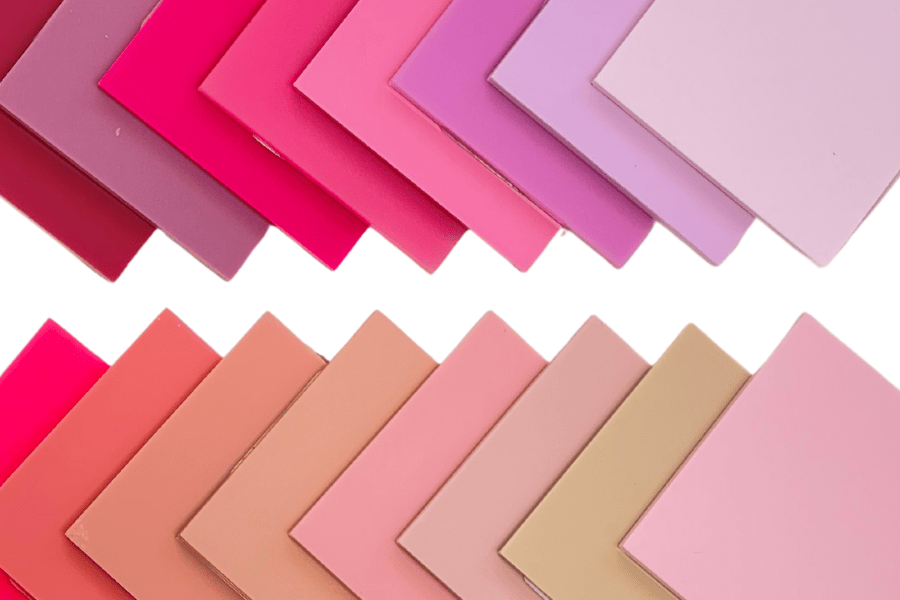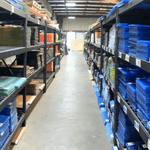
Acrylic: Everything You Need to Know- A Beginner's Guide
Acrylic is a versatile and popular material known for its transparency, durability, and ease of use. Whether you're a DIY enthusiast, a crafter, or just someone curious about this fascinating material, this beginner's guide will provide you with essential information about acrylic, its types, laser safety, mirror acrylic, masking, and cleaning.
1. What is Acrylic?
Acrylic, also known as PMMA (Polymethyl Methacrylate), is a synthetic polymer that comes in various forms. It's often used as a substitute for glass due to its transparency and impact resistance. Acrylic is available in different thicknesses and colors, making it a go-to material for a wide range of applications.
2. Cast vs. Extruded Acrylic
Cast Acrylic is made by pouring liquid acrylic into molds and allowing it to harden. It offers excellent optical clarity and is more scratch-resistant, but slightly more expensive than extruded acrylic.
Extruded Acrylic is created by pushing acrylic through rollers, resulting in sheets with consistent thickness. It is less expensive than cast acrylic but may have minor imperfections and lower optical clarity.
If you're working with clear acrylic and engraving, cast is the preferred option for a brighter white engrave. If you're not engraving and are looking for something with a smoother laser cut edge, extruded acrylic is the best option.
👉 Note: Mirror acrylic is a popular type of extruded acrylic that has a reflective, mirror-like surface. It is always extruded.
3. Masking of Acrylic
Acrylic sheets often come with a protective masking layer to prevent scratches and damage during handling and processing. This masking can be either paper or plastic.
Generally, both are safe to laser cut, but plastic-masked acrylic can sometimes "melt" into the acrylic while lasering and cause breakage on smaller or thinner cuts.
4. Cleaning Acrylic
Cleaning acrylic is relatively straightforward:
a. Use a mild soap and lukewarm water mixture to clean the surface.
b. Gently wipe the acrylic with a soft, lint-free cloth or sponge.
c. Avoid using abrasive materials, harsh chemicals, or ammonia-based cleaners, as they can cause damage or clouding.
d. For stubborn stains or scratches, consider using specialized acrylic cleaning products like Novus, a dedicated plastics cleaner.
Now that we've covered the basics and you're ready to get cutting, check out our suggested Beginner Settings for cutting acrylic on your laser.
Next post

Welcome
Updated on 31 December 2023




